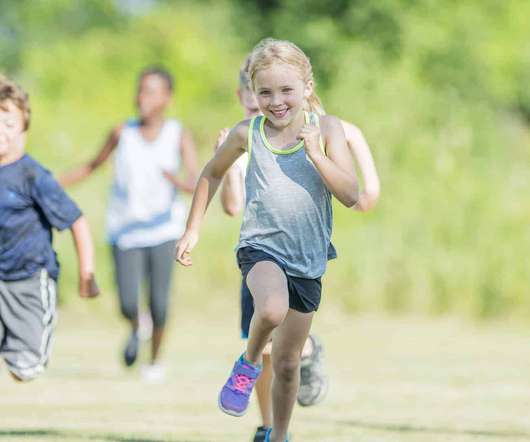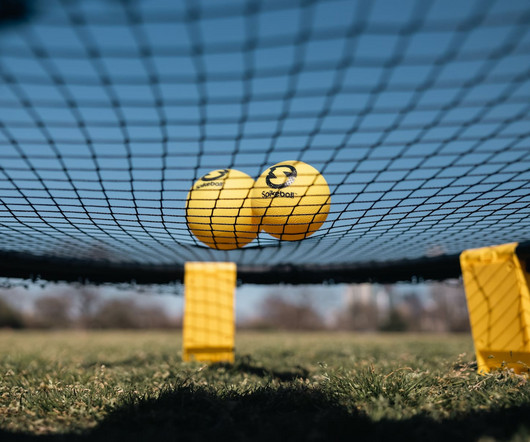THE PITFALLS OF 'MORE, YOUNGER' MINDSET Why Starting Kids Too Early and Pushing Them Too Hard Can Backfire in Youth Sports
Better Coaching
DECEMBER 24, 2024
In a 2020 publication by the Rutgers Youth Sports Research Council, sports psychologists stressed the importance of distinguishing between deliberate practice (which is highly structured, purposeful, and cognitively demanding) and deliberate play (child-centered, inherently motivating, and flexible).














Let's personalize your content